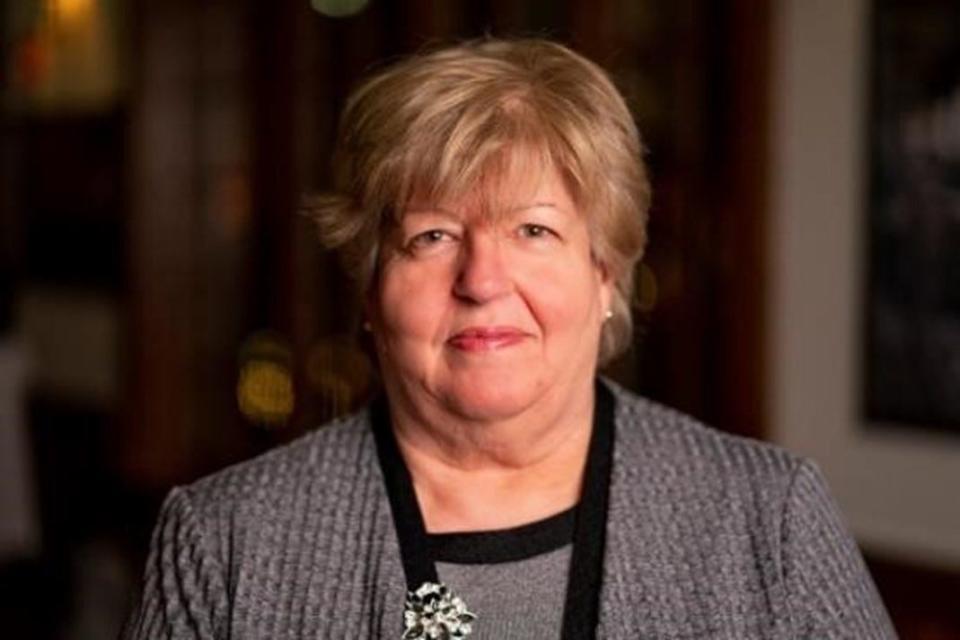Opinion: Fuel, food, housing cost driving hunger here to 'unprecedented levels.'
Cheryl Wooten is the executive director of HEART, a nonprofit hunger relief organization in Reynoldsburg.
For nearly three years, I’ve served as the executive director of HEART in Reynoldsburg.
At no point in my tenure has the need been greater among our customers than it is now.
At HEART— Helping Eastside and Reynoldsburg Thrive — our mission is to nourish our hungry neighbors with healthy, nutritious food today and connect them to life-building resources for tomorrow so they can flourish for a lifetime.
More: Biology: Have we learned the lessons of COVID-19? Doubtful. And now we're facing monkeypox
Our work, and that of other hunger relief organizations, has never been more important as families across Ohio continue to struggle with the effects of the COVID-19 pandemic, all while facing the highest inflation rates in more than 40 years.

The need for food assistance in Central Ohio is at unprecedented levels. Families are struggling to put food on the table as the costs of groceries, energy, and housing continue to rise.
Our families work hard—many hold more than one job—but they are still forced to make tough choices.
I see the effects firsthand at HEART where we’re serving more than 1,200 families every week. Of those, about 100 are new families who have never needed our services before.
These numbers are higher than what we saw at the height of the pandemic, as families are pushed to the brink by rising costs each month.
More: 'Uncharted waters.' DeWine, state must rescue Ohioans battling hunger, inflation| Our View
More families mean we need more product on our shelves.
However, supply chain issues and inflation are also affecting food banks, including HEART’s partner Mid-Ohio Food Collective, and their ability to procure enough product to meet the high levels of need.
These challenges impact us at HEART, but we know they are happening across our emergency food system. This means food banks must purchase more food at a time when the costs of many products are higher than ever.

At HEART, we have to supplement our inventory by hosting local food drives. Support from the community—whether in the form of volunteer hours, food donations, or funding—helps us better serve our neighbors facing food insecurity. And while this community support is helpful in the short term, it is not a long-term solution to the issues we’re facing. We need more help, so we can continue helping our neighbors.
An urgent influx of state funding would offer HEART, Mid-Ohio Food Collective, and other statewide hunger relief organizations much-needed support at a critical time.
It would allow us to replenish our low food supplies and fill the plates of people in Reynoldsburg and across Central Ohio. So many Ohioans are making impossible choices as they struggle to make ends meet. Assistance from the state is needed to ensure that we can continue to feed our hungry neighbors today so they can flourish tomorrow.
Cheryl Wooten is the executive director of HEART, a nonprofit hunger relief organization in Reynoldsburg.
This article originally appeared on The Columbus Dispatch: What is the state of hunger in Greater Columbus

